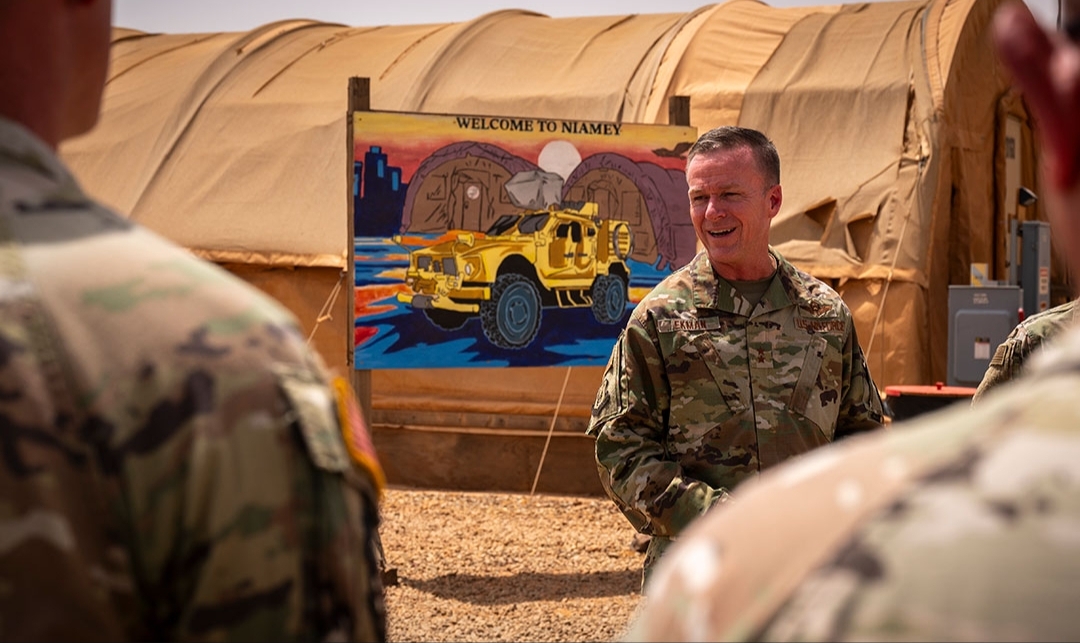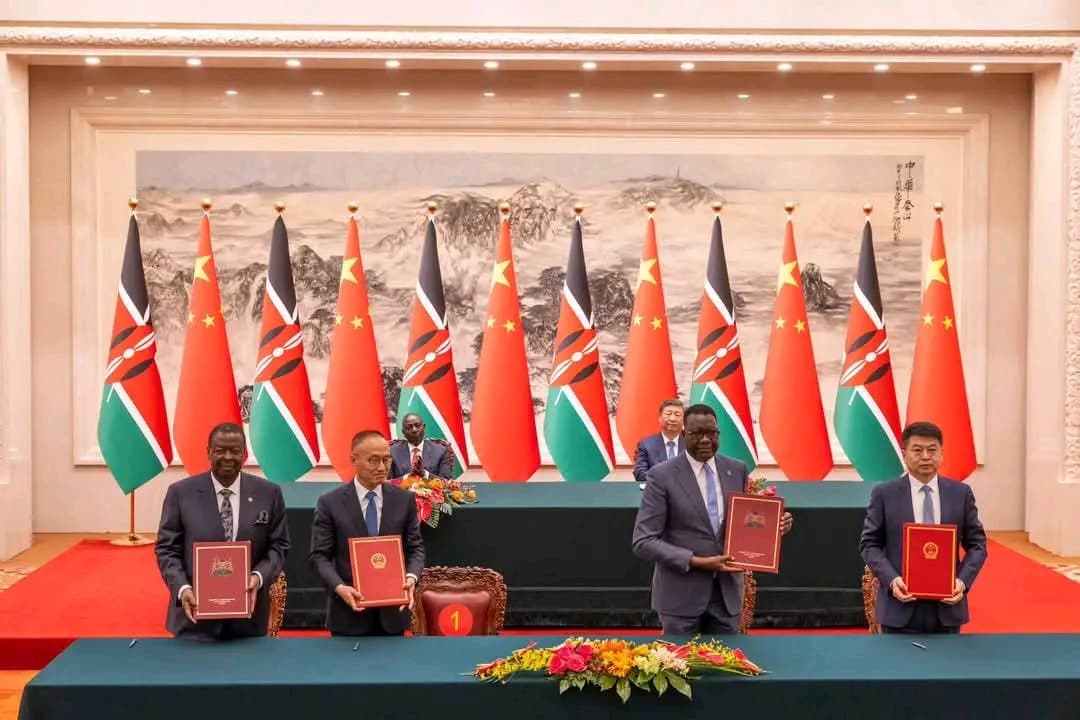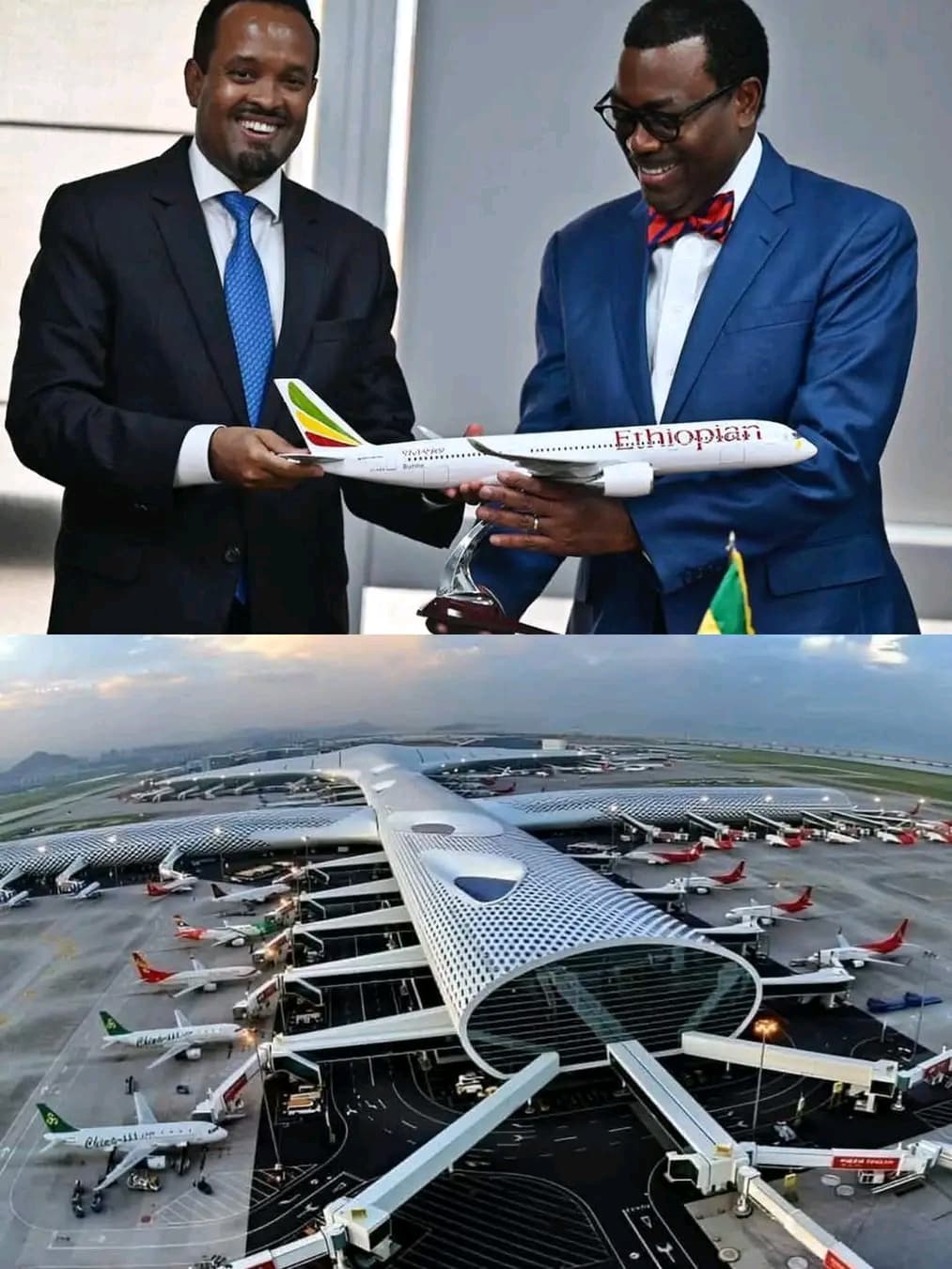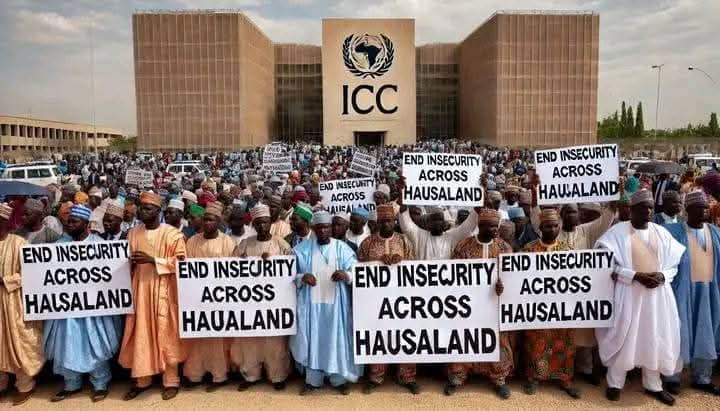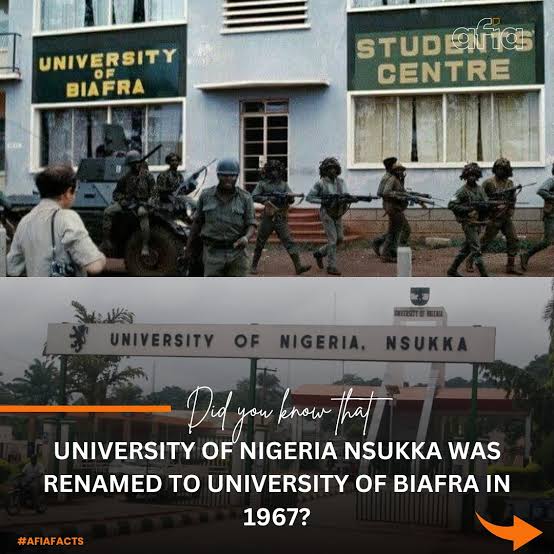Maj. Gen. Kenneth Ekman, U.S. Department of Defense West Africa Coordination Element Lead, U.S. Africa Command, speaks to troops at Air Base 101 in Niamey, Niger.
The U.S. is on track to withdraw forces from Niger more than a month ahead of schedule. The departure that began with a televised demand by Niger’s ruling junta in March and the signing of withdrawal terms on May 19 is ending with close cooperation between the two countries and some optimism for future partnerships.
Maj. Gen. Kenneth Ekman, U.S. Department of Defense West Africa Coordination Element Lead, U.S. Africa Command, said that the two sides relied on a nearly two-decade working relationship to ensure a smooth process.
“Because we know them, we could build on that. It has involved day to day, week to week bilateral sessions,” Ekman told ADF. “We agreed early on that if we conducted a safe, orderly and responsible withdrawal, that we were preserving strategic options for both nations in terms of what the security relationship might look like in the future.”
In 2013, the two countries signed a status of forces agreement that allowed the U.S. to position manned and unmanned aircraft in the country, primarily to monitor extremists. In recent years, the U.S. had about 1,000 military and civilian personnel in Niger supporting operations at Air Base 101 in Niamey and Air Base 201 near Agadez.
The U.S. conducted over 150 C-17 airlift flights beginning on June 8 to move personnel out of the country. The last troops departed AB 101 on July 7 in an event that included a handover event of the U.S. compound and remaining materiel on the air base to the Nigerien Armed Forces. The remaining approximately 350 personnel left AB 201 in Agadez on August 5 and U.S. assets there were handed over.
Remaining tasks include commercial ground transportation of equipment from Niamey and Agadez out of the country, and the handover of a small facility in Diffa.
Most U.S. troops will be returned to their home bases around the world, while some small teams of U.S. forces will be positioned to support West African militaries. Ekman said special operations teams will work with partner forces in the region and other specialists in personnel recovery, casualty evacuation and intelligence, reconnaissance and surveillance will be positioned as needed.
He emphasized that the U.S. commitment to supporting its partners in the fight against Sahel-based extremist groups remains the same. “Our security objectives in West Africa haven’t changed,” Ekman said. “We’ve just lost some of our access and we’ve gone from conducting an inside out approach relative to Sahelian-based violent extremism to an outside in approach.”
Future cooperation and repositioning of forces will be based on partner nation requests and U.S. policy priorities. “We’re having very in-depth conversation with partners as to how we can best satisfy their near-term security needs using what we shift from Niger to their respective countries,” Ekman said.
The collaboration between the two nations often was successful. Niger saw an 80% drop in terror-related deaths in 2022. During the same year, other Sahelian countries saw sharp increases in attacks. However, after a July 2023 coup, the U.S. curtailed operations in Niger and suspended most military assistance as mandated by U.S. law. In March 2024, Niger’s ruling National Council for the Safeguard of the Homeland (CNSP) announced it was suspending the security partnership and requested that U.S. forces leave the country.
Observers have voiced concerns about what the withdrawal of U.S. forces will mean for the Sahel, where extremist groups linked to al-Qaida and the Islamic State group have launched unrelenting attacks and are seeking to expand their reach to coastal nations in order to recruit new members, conduct attacks and occupy territory. The Sahel is the region most affected by terrorism in the world, representing 43% of global terrorism deaths, according to the Global Terrorism Index.
Ekman said that as he travels around the region, he hears deep concerns about the security challenges and a willingness to partner with the U.S. in ways that are mutually beneficial.
“It’s really about getting the partnerships right, the footprint right, and the programs right to7 best suit the context of each regional partner,” Ekman said.






